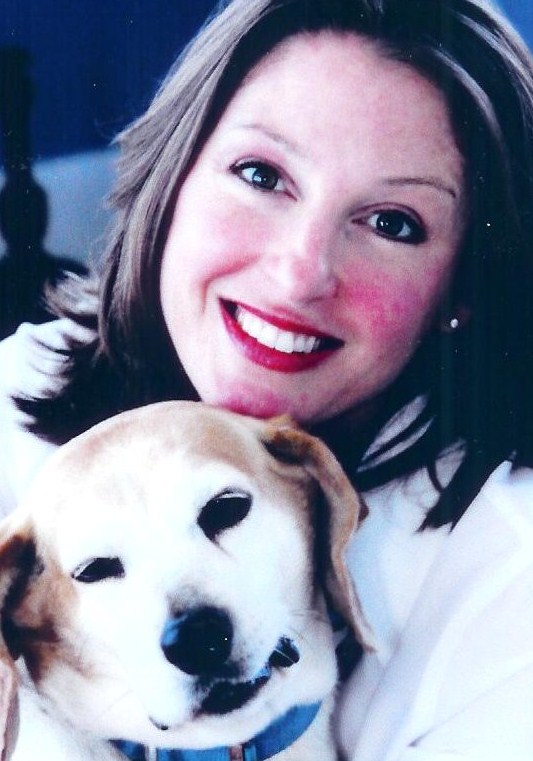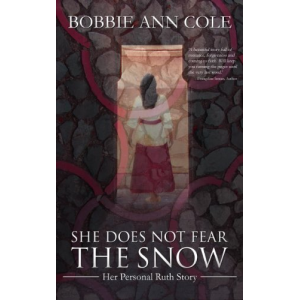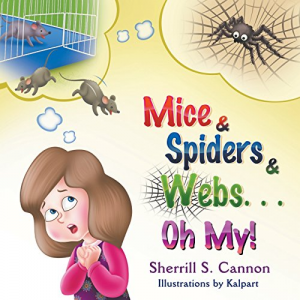WSAZ news piece
🔗 http://www.wsaz.com/home/headlines/56209242.html- Author
- Book
- Story behind the book
- Media Links
- Reviews

Mary Calhoun Brown
About
Mary Calhoun Brown has an extensive background in writing, marketing, and public relations. After graduating from Marshall University, she was hired by the West Virginia Chamber of Commerce as its youngest-ever public relations officer. After the birth of her three children, Mary worked as an editor and preschool teacher. When she and her husband, Campbell, learned that one of their sons had Asperger’s Syndrome, a mild form of autism, Mary spent two years home-schooling him during middle school, and it was at that time she developed the outline for There Are No Words. Today, the author serves on the board of the Autism Services Center in Huntington, West Virginia, with autism pioneer Dr. Ruth Sullivan

She Does Not Fear the Snow
Description
<p><font color="#000000" face="verdana, arial, helvetica, sans-serif" size="2"><span style="line-height:normal;">An Amazon #1 bestseller with 50+ glowing reviews. </span></font></p><p><span style="color:rgb(0,0,0);font-family:verdana, arial, helvetica, sans-serif;font-size:small;line-height:normal;">Available in Kindle and print.</span></p><p><span style="color:rgb(0,0,0);font-family:verdana, arial, helvetica, sans-serif;font-size:small;line-height:normal;">From the very start of her faith autobiography, ‘She Does Not Fear the Snow’, author Bobbie Ann Cole reaches out across the page and endears herself to her reader. You will very quickly feel that you know her, and will be richer for the knowledge. </span></p><div style="color:rgb(0,0,0);font-family:verdana, arial, helvetica, sans-serif;font-size:small;line-height:normal;height:auto;"><div>She comes to Israel, seeking meaning and purpose for her life, following breast cancer and the demise of her long-standing marriage. There, God claims her and lays a trail of miracles that lead her from her native England to a new husband of faith in Atlantic Canada. <br />Though she is upfront about her ending, you’ll find yourself longing to learn the next step in her discovery of new love and deeper faith journey. This is one of those books you just can’t put down. Potentially, you’ll be following the twists and turns of her journey into the wee small hours. <br />‘A mysterious rug with a life-changing message, a Ruth-type love story, fascinating interactions with other believers, poetic descriptions of landscapes many native Canadians take for granted—and a message of God’s love and salvation,’ writes critic Margaret Welwood. ‘Bobbie Ann Cole’s story is a little too strange and untidy to be fiction. As a true story, it will leave you satisfied, yet wanting to know more.’ <br />‘Often times, life will take us to the end of our rope, leaving us helpless and at our wit’s end. Yet, even in such dire situations, our God is not helpless. He will bring in plentiful harvest – a harvest of renewal, hope, joy and happiness in our life,’ says Khamneithang Vaiphei. ‘She Does Not Fear the Snow is an incredible testimony that will have a profound impact on you.’ <br />If mystery, romance, women’s faith issues, the Jewish roots of Christianity, Christian living or outreach appeal to you, you will find much to enjoy.</div><div> </div></div>
Story Behind The Book
My son was diagnosed with autism (Asperger’s Disorder) in the fall of 2000 when he was in the first grade. Generally accepted and if not understood, tolerated, by his classmates, he thrived in elementary school. The day he stepped foot into middle school, he wore a “kick me” sign on his back and received the nickname “Retard.” You should understand that my son is a straight A student, participated in the Talented and Gifted Program, and his IQ measures one point below a genius. This was a troubling development for our family. We encouraged our son to finish his sixth grade year at the school. We simply will not allow our boys to quit something once they start. You might say that he had a full year of character development. That year was tough, and I promised my son that together, we would turn that rotten year into something positive. The last day of school, I gave my son two choices. He could either change schools or be home schooled for the following year. He chose home schooling, and I began researching curricula for middle school. We spent two lovely years together, learning, laughing, traveling and advancing academically. (He wasn’t one of those home schooled kids who finish up at noon.) In addition to his regular curriculum, he took a variety of coursework on the college level, and if he finished before 2:30, I had plenty of extra work he could do. He is self-motivated, and we got along fine. Ninth grade arrived, and my son went back to school. Uneventfully. Happily. He’s second in his class of 440. During my two years at home with my son, I started thinking about students with disabilities. Every kid knows it’s bad form to pick on someone in a wheelchair or another visible disability. Somehow, though, “invisible disabilities” are still fair game. One child in every 144 births has some form of autism. I’m not sure the statistics on other developmental disabilities, but I think I would be safe in saying that there are more students with developmental disabilities than physical disabilities in any school system today. The time to begin educating neurotypical peers is now.
Media Links
Reviews
"Mary brings her characters to life with an infinite attention to detail and infuses them with dept, humor and selflessness. <em>There Are No Words</em> propelled me into a time and place in which even children were faced with the realities of racism and war." <br /><br />-- Mike Grady, CEO, Autism Services Center<br /><br /><br />"Mary Calhoun Brown has given us an unusual path in getting to the story of autism. Young teenagers, their teachers and parents will be happy to hae this one in their library."<br /><br />-- Dr. Ruth C. Sullivan, former President, Autism Society of America





